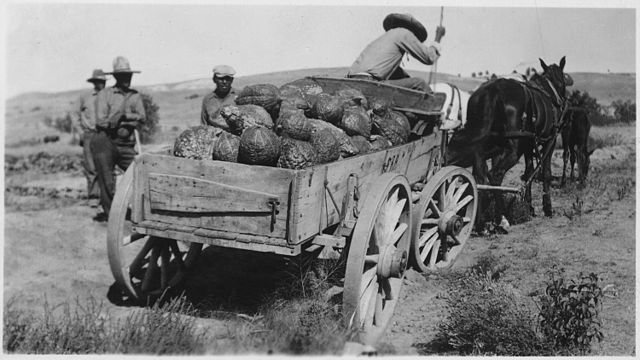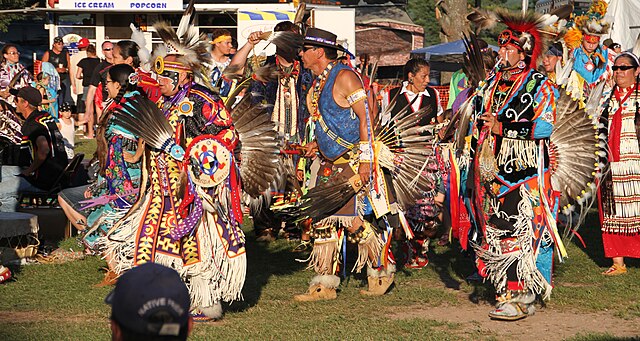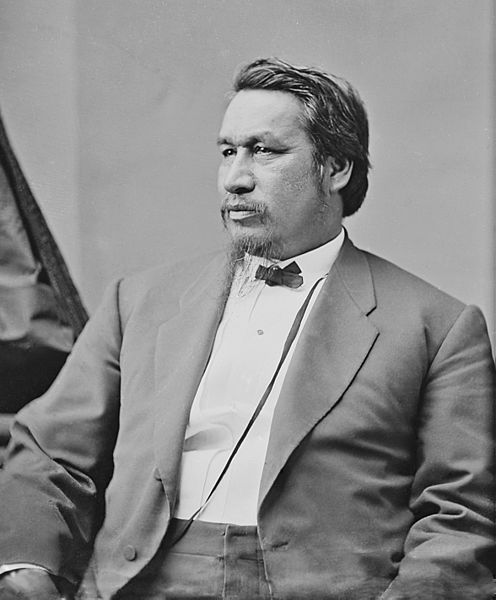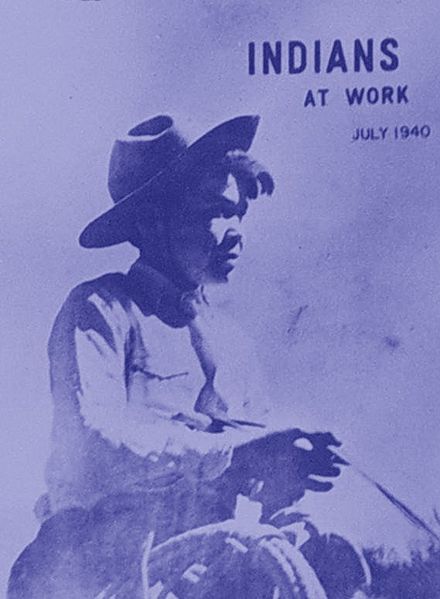An American Indian reservation is an area of land held and governed by a U.S. federal government-recognized Native American tribal nation, whose government is autonomous, subject to regulations passed by the United States Congress and administered by the United States Bureau of Indian Affairs, and not to the U.S. state government in which it is located. Some of the country's 574 federally recognized tribes govern more than one of the 326 Indian reservations in the United States, while some share reservations, and others have no reservation at all. Historical piecemeal land allocations under the Dawes Act facilitated sales to non–Native Americans, resulting in some reservations becoming severely fragmented, with pieces of tribal and privately held land being treated as separate enclaves. This jumble of private and public real estate creates significant administrative, political, and legal difficulties.

Most Indian reservations, like the Laguna Indian reservation in New Mexico (pictured here in March 1943), are in the western United States, often in regions suitable more for ranching than farming.
Wagon loaded with squash, Rosebud Indian Reservation, ca. 1936
Fort Stanwix, New York
Red Cliff Indian Reservation in Wisconsin during their annual pow wow
The Bureau of Indian Affairs (BIA), also known as Indian Affairs (IA), is a United States federal agency within the Department of the Interior. It is responsible for implementing federal laws and policies related to Native Americans and Alaska Natives, and administering and managing over 55,700,000 acres (225,000 km2) of reservations held in trust by the U.S. federal government for indigenous tribes. It renders services to roughly 2 million indigenous Americans across 574 federally recognized tribes. The BIA is governed by a director and overseen by the Assistant Secretary for Indian Affairs, who answers to the Secretary of the Interior.
Main Interior Building, the department headquarters
Ely S. Parker was the first Native American to be appointed as Commissioner of Indian affairs (1869–1871).
Cato Sells, Commissioner of Indian Affairs, 1913.
1940 Indians at Work magazine, published by the Office of Indian Affairs, predecessor agency to the Bureau of Indian Affairs.








